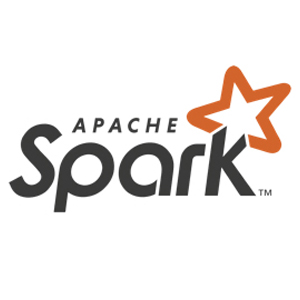- 快召唤伙伴们来围观吧
- 微博 QQ QQ空间 贴吧
- 文档嵌入链接
- 复制
- 微信扫一扫分享
- 已成功复制到剪贴板
Building Sessionization Pipeline at Scale with Databricks Delta
展开查看详情
1 .Building Sessionization Pipeline at Scale with Databricks Delta April 24th, 2019
2 .Comcast -Xfinity X1 -Xfinity Internet and xFi -Xfinity Home -Xfinity Mobile
3 .How do we improve our products? Data captures our We decipher and to empower data- to enhance customer customers feedback extract insights… informed decisions… experience at scale… We collect, store, and use all data in accordance with our privacy disclosures to users and applicable laws.
4 .Data Scale Billions of Events Petabytes of Stored Data Millions TPS
5 .What is sessionization?
6 .Challenges/Goals 1. Scalability 2. Reliability/ Robust 3. Performance
7 .Value Gains Before After Batch process Stream process 84 jobs 3 jobs ~14 hours data delay ~7 hours data delay Min. late data and failure support Checkpointing
8 .Initial Design Data Parse & Assign Sessionize Enrich Scalability Reliability Performance
9 .Manually Partition Key to Enable Scaling Key 1 Key 2 Data Parse & Assign Key 32 Sessionize Enrich s3://mybucket/key=<key>/type=<type>/date=<yyyy-mm-dd>/hour=<hh>/… ? Scalability Reliability Performance
10 .From Batch to Streaming Data Parse & Assign Sessionize Enrich Data Scalability Reliability Performance
11 .Delta Optimize Optimize Delta Delta Delta Data Parse & Assign Sessionize Enrich Data Scalability Reliability Performance
12 .Random Prefixes Optimize Optimize Delta Delta Delta random prefix random prefix random prefix Data Parse & Assign Sessionize Enrich Data Scalability Reliability ? Performance
13 .Auto Optimize and More Delta Delta Delta random prefix random prefix random prefix Data Parse & Assign Sessionize Enrich Upsert Delta Data Data Scalability Reliability Performance
14 .Result Delta Delta Delta random prefix random prefix random prefix Reduced a 84 jobs process to 3 jobs Deliver enriched data 2x faster Increase operation friendliness
15 .Outcome Scalable data pipeline that provides consumable insights to our teams near real-time reliably. Delta Delta Delta Data Parse & Assign Sessionize Enrich OKRs Experience Product Feature Enhancements Research Developments




















